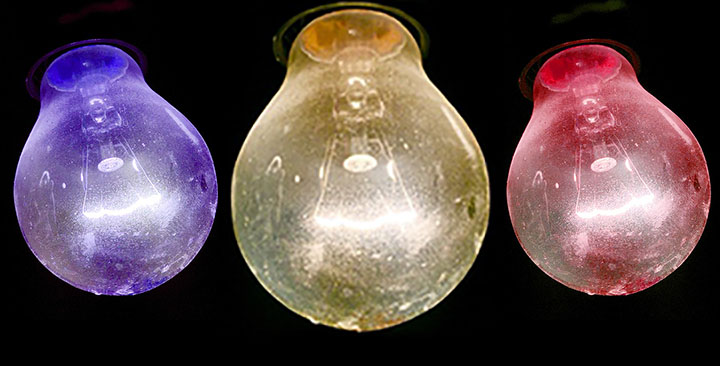 Last week we began covering a fascinating topic about how modern day sleep may not be giving people what they need to live a healthy lifestyle, at least not in comparison to the sleep quality of our pre industrialized ancestors. This week we pick up where we left off with Part II of the sleep research brought to us by the University of Connecticut research team. As it turns out lights make quite the impact on a person’s quality of sleep at night; especially certain colors.
Last week we began covering a fascinating topic about how modern day sleep may not be giving people what they need to live a healthy lifestyle, at least not in comparison to the sleep quality of our pre industrialized ancestors. This week we pick up where we left off with Part II of the sleep research brought to us by the University of Connecticut research team. As it turns out lights make quite the impact on a person’s quality of sleep at night; especially certain colors.
Looking at sleep in the industrialized world
In 1991, Thomas Wehr, a prominent sleep researcher, published the results of a landmark experiment he conducted in Bethesda, Maryland. In a sense, it mimicked sleep in the preindustrial world where there are naturally long, dark nights – the environment studied directly by Siegel and colleagues.
The Sleep Experiment
First, seven volunteers spent eight hours in the dark at night in the laboratory for four weeks; they then switched to 14 hours of dark each night without access to clocks and alarms. During the short nights, they slept a little more than seven hours on average. During the long nights they slept only about an hour more, a little over eight hours, and the sleep was broken into two stretches with an hour or two awake in between.
Importantly, the duration of melatonin production increased by about two hours after the long night. The hormone melatonin is a marker of nighttime physiology that helps regulate sleep and wake patterns. It has many important biological functions, and its production requires dark but not sleep.
 So whether awake or not, these subjects produced melatonin, and maintained nighttime physiology, for the long duration of dark. But this is not how people actually live in the modern world. People use electric lights and electronic gadgets in the evening, and often late into the night.
So whether awake or not, these subjects produced melatonin, and maintained nighttime physiology, for the long duration of dark. But this is not how people actually live in the modern world. People use electric lights and electronic gadgets in the evening, and often late into the night.
The type of light we use at night matters
A useful term in the context of sleep and health is “circadian effective light” because bright, short wavelength light (blue, for instance) is much more effective than dim, longer wavelength light (yellow/red) in suppressing melatonin during the night and causing a premature transition to daytime physiology. There is also evidence from studies in humans that bright blue light in the evening decreases the quality of sleep compared to an evening of dimmer, longer wavelength light.
In industrial societies, people are bathed in blue light from smartphones, computers and some kinds of light bulbs all day, and for a good chunk of the night. Our preindustrial counterparts may stay up late too, but it’s in the dark or in the light of a flame.
Candlelight doesn’t interfere with our circadian rhythm like electric light.
In the preindustrial time before electricity, sleep occurred within a much longer period of circadian dark; in the modern world it does not. Dark is restricted only to the sleep period, if even then; many people do not sleep in a truly dark bedroom. Seven hours of sleep embedded within 11 hours of circadian dark may be far more restorative than seven hours with bright, blue-containing light preceding it in the evening.
The Siegel study might suggest that preindustrial people don’t sleep any more than people in industrialized societies, but perhaps they just get a better night’s sleep, and much more circadian dark.
For us in the industrialized world, it might be wise to use dimmer, longer wavelength lighting (like low wattage incandescent bulbs, if you can still find them) in the evening before sleep to allow an earlier transition to nighttime physiology. Fortunately, such circadian-friendly lighting is currently being designed with the new lighting technologies now available. And during those inevitable periods of awakening in the middle of the night, try to enjoy the calm of darkness.
———————————————————————————————
By: Richard G ‘Bugs’ Stevens, Professor, School of Medicine, University of Connecticut. This article was originally published on The Conversation. To read more see the full article here.
Image: Gerrit Dou via Wikimedia Commons


Leave a Reply